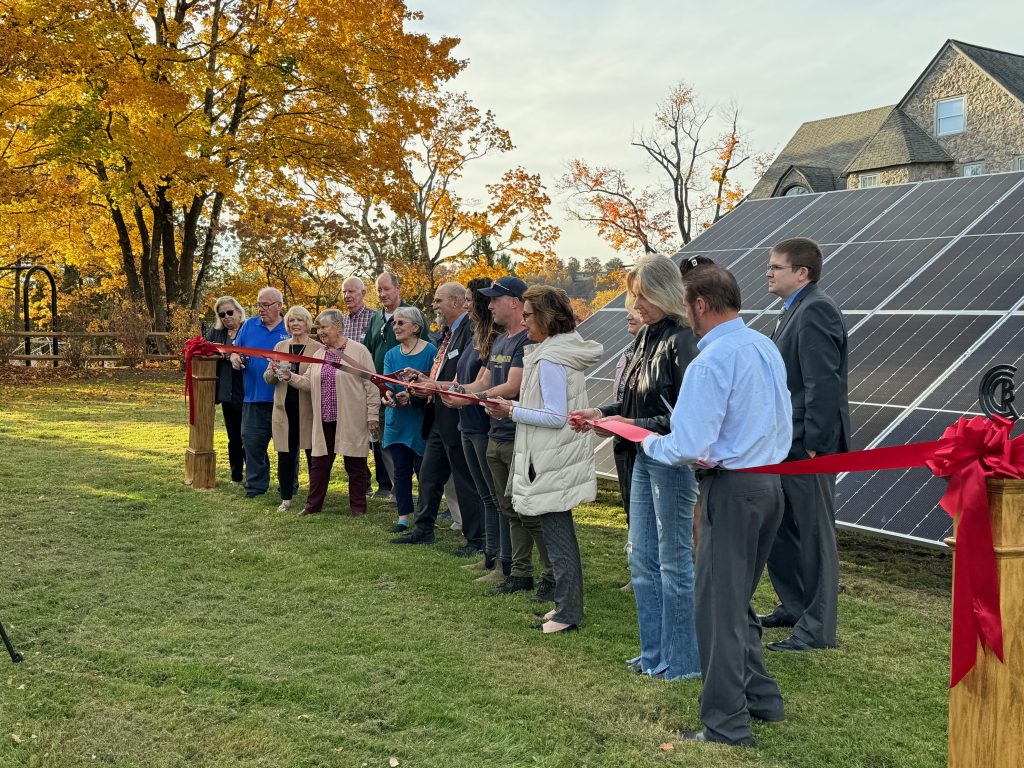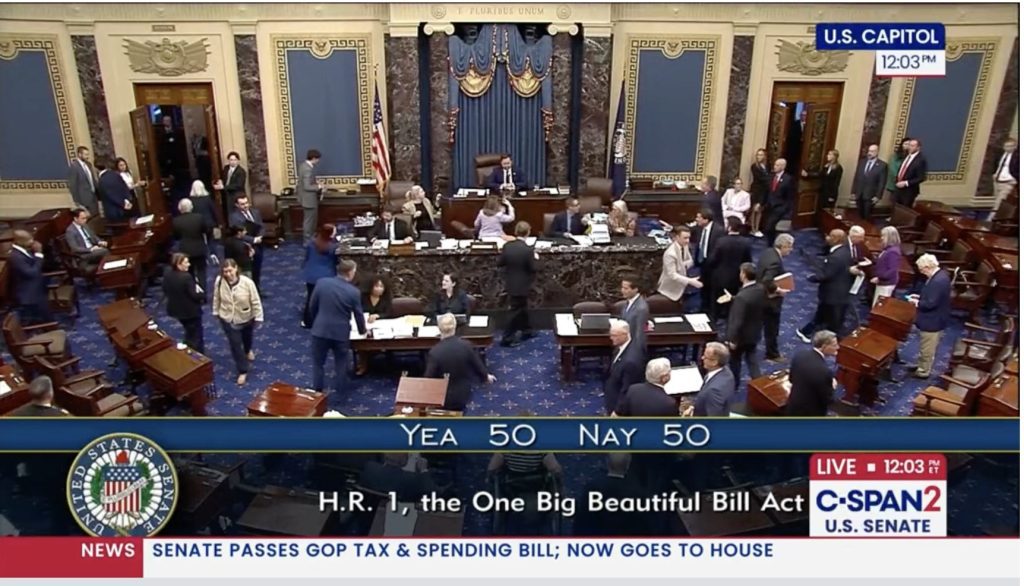The Reclaiming Appalachia Coalition releases new report, “National to Neighborhoods: Catalyzing Opportunities for Coal-Impacted Communities”
FOR IMMEDIATE RELEASE
April 24, 2023
CONTACT
Dan Radmacher, Media Specialist, dan@appvoices.org
Appalachia — The Reclaiming Appalachia Coalition released its annual report, “National to Neighborhoods: Catalyzing Opportunities for Coal-Impacted Communities,” and hosted a webinar on Friday, April 21. Because of the Covid-19 pandemic, the coalition last released a report in 2020. The 2023 report details the continued work seeing federal resources leveraged in communities across the Appalachian states of Ohio, Virginia and West Virginia, and highlights efforts to reauthorize and secure more than $11 billion in additional funds for the Abandoned Mine Land Reclamation Program.
The coalition is comprised of Appalachian Voices, Coalfield Development and Rural Action, with technical assistance and added capacity provided by Downstream Strategies. Established in 2017 to promote innovative mine reclamation in Appalachia, the coalition has provided technical assistance to projects with a total investment of $45.2 million. This success has cemented the coalition as a thought leader and indispensable resource for communities in the region. In addition to supporting Appalachian coalfield communities to identify, develop and fund innovative projects, the coalition advocates for a more just and equitable implementation of federal funds.
“Appalachian communities impacted by the collapse of the coal industry are evolving to bring in new, diverse types of jobs and businesses that provide economic opportunity to residents,” said Joey James with Downstream Strategies. “The Reclaiming Appalachia Coalition’s efforts to catalyze new opportunities in coal dependent communities can serve as a model for organizations and communities across Appalachia and beyond.”
“Ohio saw a record $17 million awarded in Abandoned Mine Land Economic Revitalization grants in 2022,” said Marissa Lautzenheiser with Rural Action. “The coalition’s work has laid the groundwork for many of these projects. I’m happy to have assisted our communities in thinking big and collaborating to make these projects happen. Many of the projects highlighted in this report are the culmination of years of hard work and collaborations. The webinar discussed the reasons these were successful projects and how the numerous challenges were overcome. Sometimes the most important information to share are our failures.”
“What makes the coalition so successful is our model to use site-specific, community-led and sustainable approaches to develop projects, and the federal government has taken notice,” said Robert Kell with Appalachian Voices. “When communities are in the driver’s seat, innovation flows and projects are more competitive for funding. Without a doubt, the projects detailed in the report could not have been achieved without community leaders putting forward bold visions and dedication to see their communities take abandoned liabilities and turn them into economic opportunities.”
“The culmination of the Coalition’s efforts in collaboration with our regional ACT Now Coalition partners has helped us pull down a historic $88 million through the Economic Development Administration as an investment into a just transition for Appalachian communities — with a large portion towards sustainable reclamation,” said Jacob Israel Hannah with Coalfield Development. “This has truly helped exemplify the unique power impact of partner coalitions like RAC and ACT Now.”.
The report discusses several examples of how the coalition and local community partners are leveraging federal funding, including Coalfield Development’s historic Build Back Better project, Appalachian Voices’ work to develop Biological Carbon Removal reclamation models, and Rural Action’s efforts to build outdoor recreation assets.
Earlier this year, the Reclaiming Appalachia Coalition was brought under the umbrella of the Central Appalachian Network, a 30-year-old network of practitioners working in the region around community-driven economic development. All of RAC’s member organizations are leaders in CAN, which has a well-developed and thoughtful structure for opening up participation and leadership to a broad group of regional practitioners. RAC’s new relationship with CAN will allow the coalition to grow its impact sustainably.
“The coalition is committed to driving innovation and building on the early work around reclamation, building a holistic approach for resilience and restoration in coal-impacted communities,” said Adam Wells with Appalachian Voices. “We know that the result of this work is that local capacity is strengthened and communities are healthier for generations to come.”



